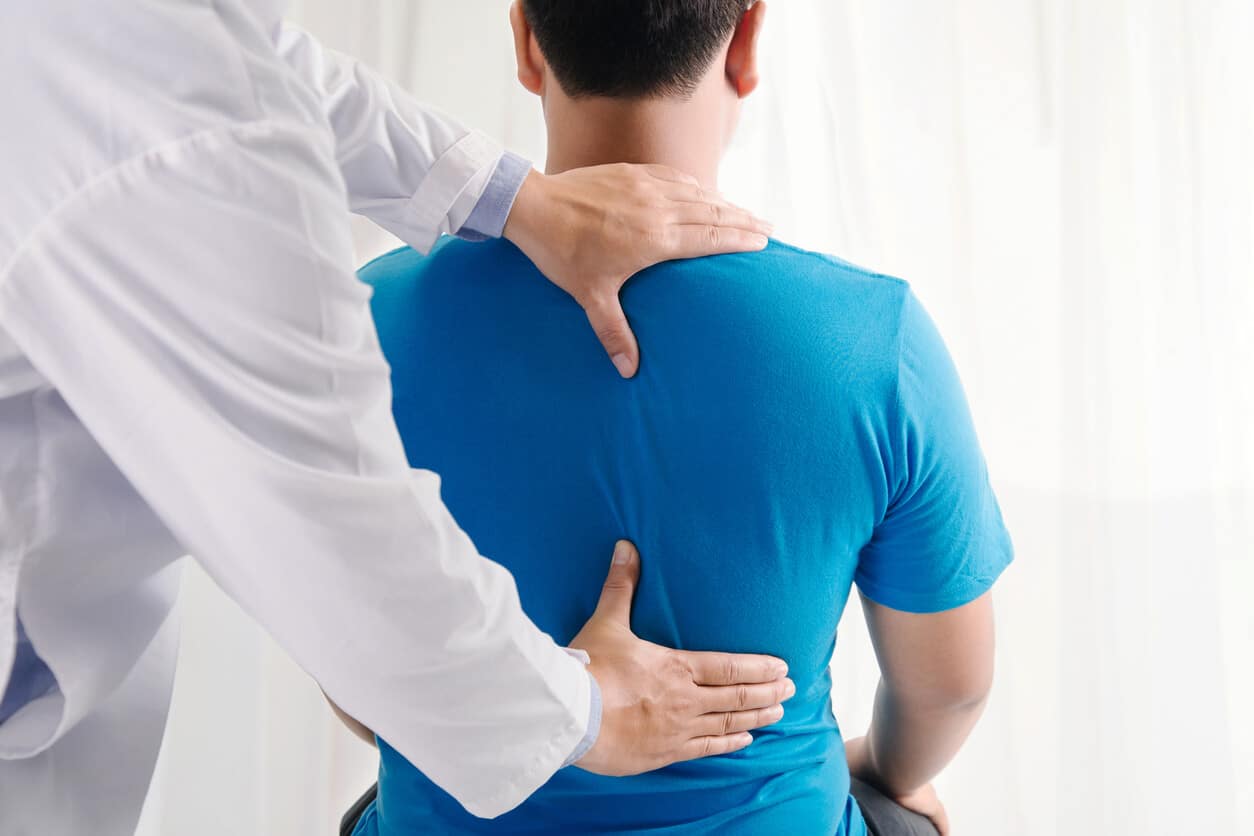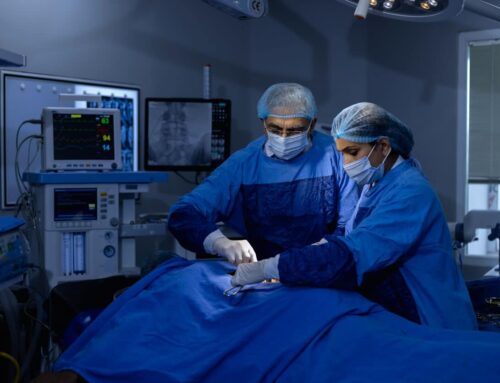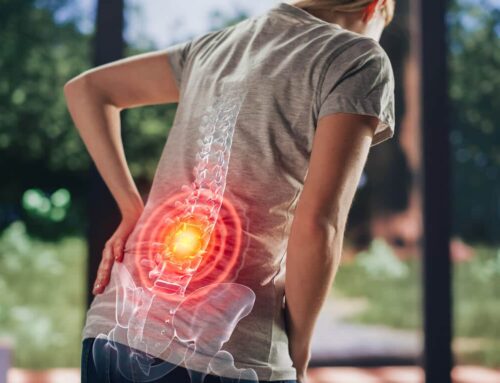Spinal stenosis is a common condition that narrows the spaces in your spine. This narrowing puts pressure on the nerves that travel through your spine. While many people can manage spinal stenosis with conservative treatments, some may need back surgery for stenosis of the spine when other options fail to provide relief.
This blog will help you understand this condition so that you can make informed decisions about your care.
Understanding Spinal Stenosis
Spinal stenosis is a common spine condition that occurs when the spinal canal becomes too narrow. Your spinal canal is the tunnel that runs through your vertebrae. It protects your spinal cord and nerve roots. When this space shrinks, it squeezes the nerves inside.
This spine condition most commonly affects two areas of your spine. Lumbar stenosis happens in your lower back. Cervical stenosis occurs in your neck. Both types can cause significant pain and mobility problems.
Age is the biggest risk factor for the stenosis of the spine. As you age, the structures in your spine naturally change. Ligaments may thicken, bone spurs can form, and discs may bulge or herniate.
Common Symptoms to Watch For
Spinal stenosis symptoms often develop gradually over time. You may not notice them at first. However, as the condition progresses, symptoms typically become more noticeable.
Lower Back Stenosis Symptoms
People with lumbar stenosis often experience leg pain or cramping. This pain may worsen when you walk or stand for long periods. You might find relief when you sit down or lean forward on a shopping cart.
Other symptoms include:
- Numbness or tingling in your legs or feet.
- Weakness in your legs.
- Back pain that radiates down your leg.
- Difficulty walking long distances.
Neck Stenosis Symptoms
Cervical stenosis affects your neck and can cause different symptoms. You may experience:
- Neck pain and stiffness.
- Numbness or tingling in your hands or arms.
- Weakness in your hands or arms.
- Balance problems.
Some people with severe cervical stenosis may have trouble with fine motor skills. This can make tasks like buttoning clothes or writing difficult.
What Causes Spinal Stenosis
Several factors can lead to spinal stenosis. Understanding these causes helps explain why the condition develops.
Age-Related Changes
Normal wear and tear is the most common cause. As you age, your spine undergoes natural changes.
The discs between your vertebrae may dry out and shrink. Ligaments can become thicker and less flexible. These changes reduce the space available for nerves.
Arthritis
Osteoarthritis commonly affects the spine. This condition causes the cartilage between joints to break down. As cartilage wears away, bones may rub together and form bone spurs, which can narrow the spinal canal.
Other Conditions
Several other conditions can contribute to spinal stenosis:
- Herniated or bulging discs.
- Thickened ligaments.
- Bone spurs.
- Spondylolisthesis (slipped vertebra).
- Spinal tumors (rare).
- Previous spinal injuries.
Conservative Treatment Options
Most people with spinal stenosis start with non-surgical treatments, which can effectively manage symptoms for many.
Medications
Your doctor may suggest over-the-counter pain relievers like ibuprofen or acetaminophen to ease pain and inflammation. Prescription options might include muscle relaxants or drugs like gabapentin (Neurontin).
Physical Therapy
Physical therapy helps manage spinal stenosis by teaching exercises to strengthen core muscles and improve flexibility. These exercises support your spine and may reduce nerve pressure.
Injections
Steroid injections can temporarily ease pain and inflammation by delivering medication directly to the affected area. They are not a permanent fix, but can help you stay active in physical therapy.
Lifestyle Changes
Small adjustments to daily activities can make a big difference. Using a walker or cane may help you walk farther, while sleeping with your knees elevated can reduce lower back pressure.
When Surgery Becomes Necessary
Back surgery for stenosis of the spine is typically considered when conservative treatments fail to provide adequate relief. Several factors help determine if surgery is the right choice.
Severe Pain and Disability
If your pain significantly interferes with daily activities despite months of conservative treatment, back surgery for stenosis of the spine may be necessary. This includes difficulty walking, working, or performing basic self-care tasks.
Progressive Weakness
Worsening weakness in your legs or arms is a serious concern. This symptom suggests that nerve compression is getting worse. Without treatment, permanent nerve damage could occur.
Bladder or Bowel Problems
Loss of bladder or bowel control is a medical emergency. This condition, called cauda equina syndrome, requires immediate surgical intervention to prevent permanent damage.
Quality of Life Issues
When spinal stenosis severely impacts your quality of life, back surgery for stenosis of the spine may be appropriate. This includes situations where pain prevents you from sleeping, working, or enjoying activities you once loved.
Types of Surgery for Stenosis of the Spine
Several surgical options exist for treating spinal stenosis. The best choice depends on your specific condition and overall health.
Laminectomy
Laminectomy is the most common back surgery for stenosis of the spine. During this procedure, the surgeon removes part of the vertebra called the lamina, creating more space for the compressed nerves.
Laminotomy
This procedure involves removing only a small portion of the lamina. It is less invasive than a full laminectomy but may not provide as much space for the nerves.
Spinal Fusion
Sometimes, spinal fusion accompanies other procedures. This back surgery for stenosis of the spine permanently connects two or more vertebrae. Fusion provides stability but reduces flexibility in that area of your spine.
Back Surgery for Spinal Stenosis in Cary, Holly Springs, and Morrisville, NC
At Cary Orthopaedics, our comprehensive spine center offers the full range of treatment options for spinal stenosis. Our board-certified spine specialists provide both conservative treatments and advanced surgical procedures when needed. We are committed to helping you find relief and get back to the activities you love.
For more information, contact us at 919.467.4992. To schedule your appointment, call our office today at 919.573.4825. We look forward to serving you!






